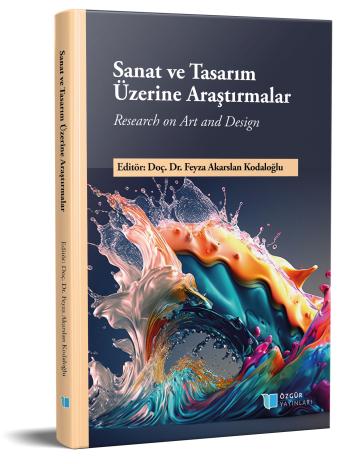
The Relationship between Ceramics and Space with a Multidisciplinary Approach
Chapter from the book:
Akarslan Kodaloğlu,
F.
(ed.)
2023.
Research on Art and Design.
Synopsis
The search for a place to which human beings are directed in line with various motivations such as shelter, heating, protection and privacy dates back to the Paleolithic Ages. Mankind's first space production practices have diversified over time from the caves found in nature as a restricted area used in the early stages of history in line with their needs. The main problematic of the architecture perceived through the senses is the space, today the user needs, ergonomics, functionality and aesthetics. In the historical process, various materials have been preferred as building materials. Material knowledge in interior design requires the physical, chemical, mechanical properties of the components used and at the same time aesthetically compatible preferences. Due to its strength and plastic properties, ceramic clay has taken place in the building tradition in the historical process. Clay, which has been used as a building material for ages, has been expanded over time thanks to the developing industry power and modern technology. In addition to its use as a building material, it appears as aesthetic-functional complements. At the same time, it is used in interior design in terms of providing functional solutions in accordance with the flexible design concept.
In this study, the place and contribution of ceramic art and terracotta materials in the discipline of interior architecture in the historical process are discussed. For this purpose, the Art Nouveau Bauhaus school understanding of education, which radically changed the role and function of ceramic-design in interior design, the concept of modernism and the mutual dialogues of the ceramic-space disciplines experienced in the changing production understanding afterwards were emphasized. In this context, the changing periodic conditions in the ceramic-space relationship, the creativity provided by the material in interior design, functional alternative designs were evaluated. The relationship between ceramics and architecture in today's interior design has been demonstrated through examples

